As an American EV start-up, Rivian is routinely – and predictably – compared to Tesla. But even a cursory glance at their respective pick-up trucks indicates the vastly differing approaches of the two firms.
While the Tesla Cybertruck is unapologetically brash and wilfully confrontational, the Rivian R1T is infused with genuine warmth and charm. And while Elon Musk’s firm has delighted in disrupting the car industry, Rivian’s seemingly more conventional approach has attracted investment from the likes of Ford and Volkswagen.
But look closer, at either the R1T or Rivian itself, and both are more radical than they first appear. That’s why the Volkswagen Group signed a deal worth up to £4.6 billion to invest in Rivian, including creating a new joint-venture company.
You see, Rivian isn’t really a car firm at all: it’s a software company. A software company that makes some seriously impressive cars. “We see ourselves as a tech company that builds sustainable cars,” says Wassym Bensaid, Rivian’s software chief and co-CEO of the Rivian-Volkswagen joint venture. “We have a lot of respect for Tesla, who disrupted the industry, but we also have respect for traditional auto makers.”
Bensaid is clear about what makes Rivian different: “Software is not an afterthought for us. The way we design the car is around software. Everything in the vehicle – from the way it drives to navigation, battery management, thermal management – it’s all run by software.”
![]()
A new type of pick-up
Rivian was founded in 2009 by RJ Scaringe and went through various names and funding rounds while it slowly built up expertise. It wasn’t always smooth, and the firm has burned through a lot of investment capital, but while most other EV start-ups failed, Rivian succeeded: the R1T was the first full-size US electric pick-up to reach the market.

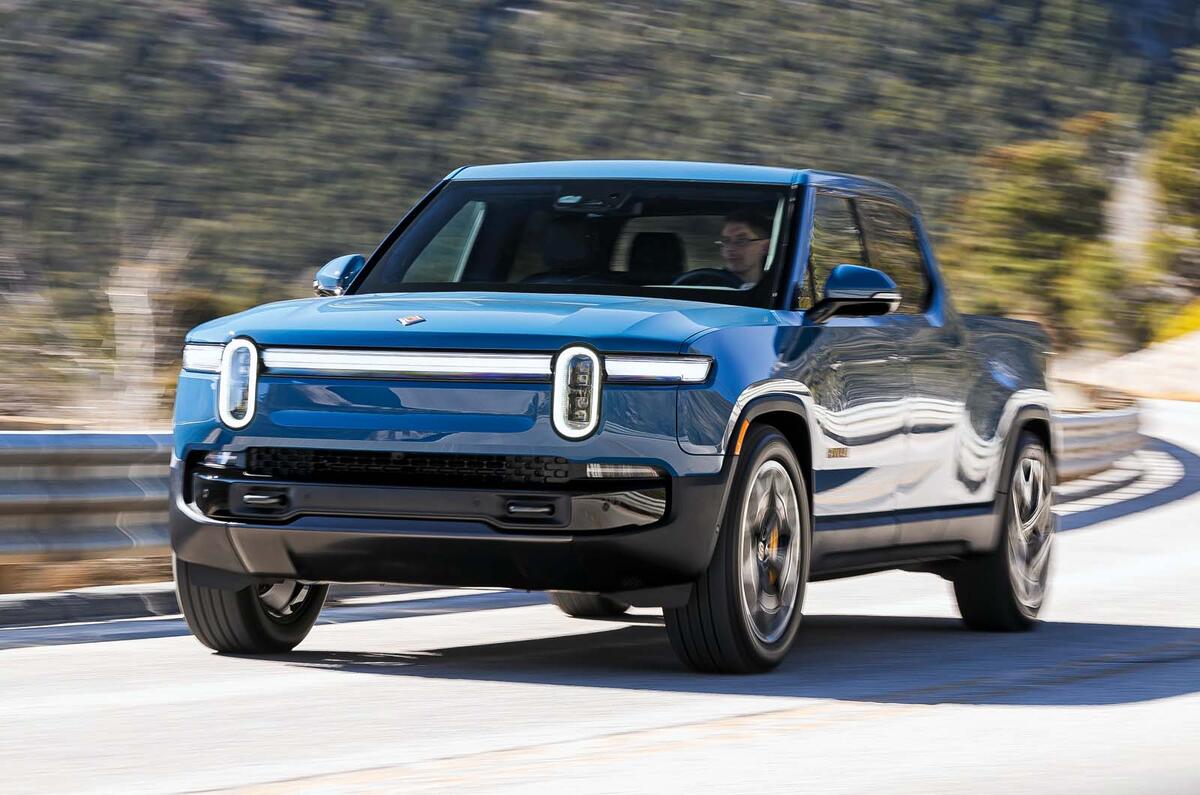













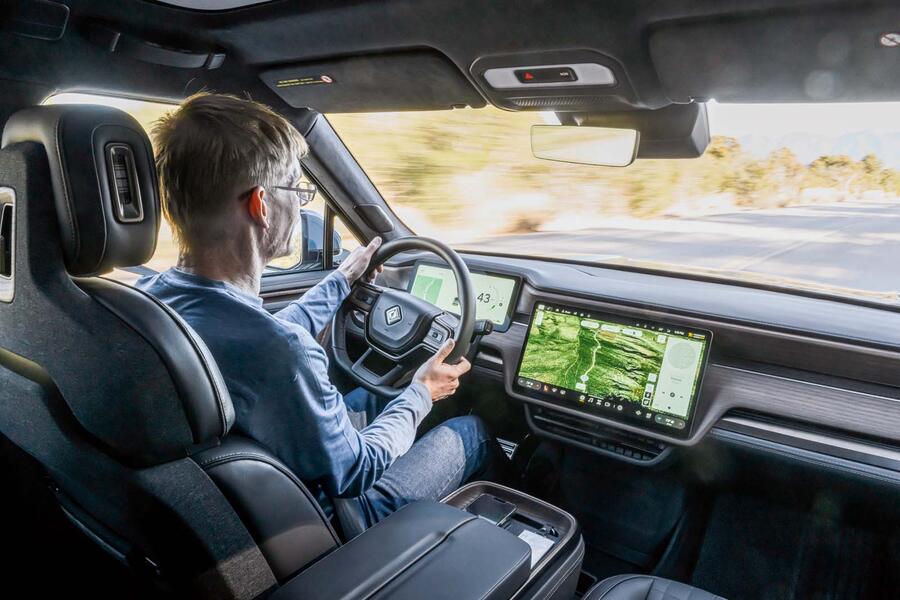
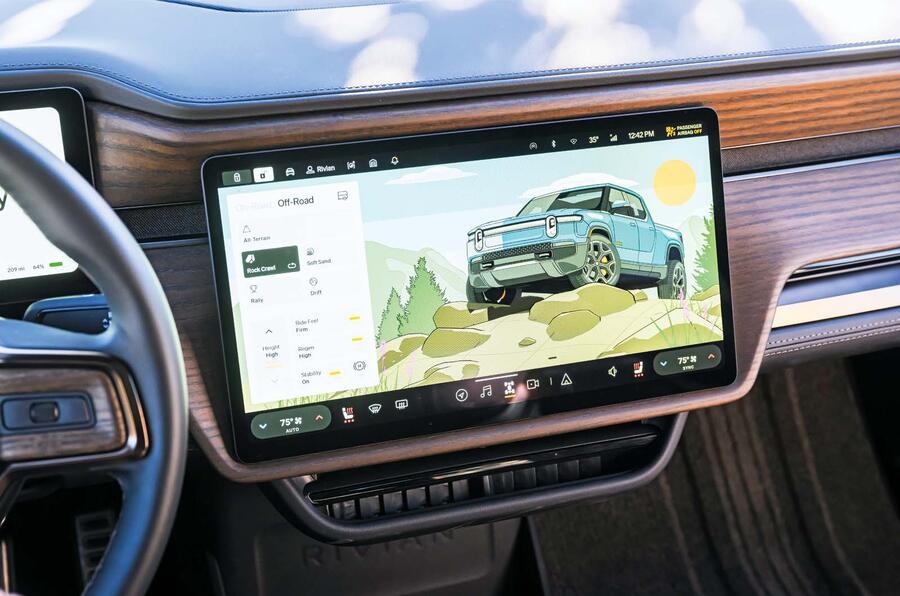
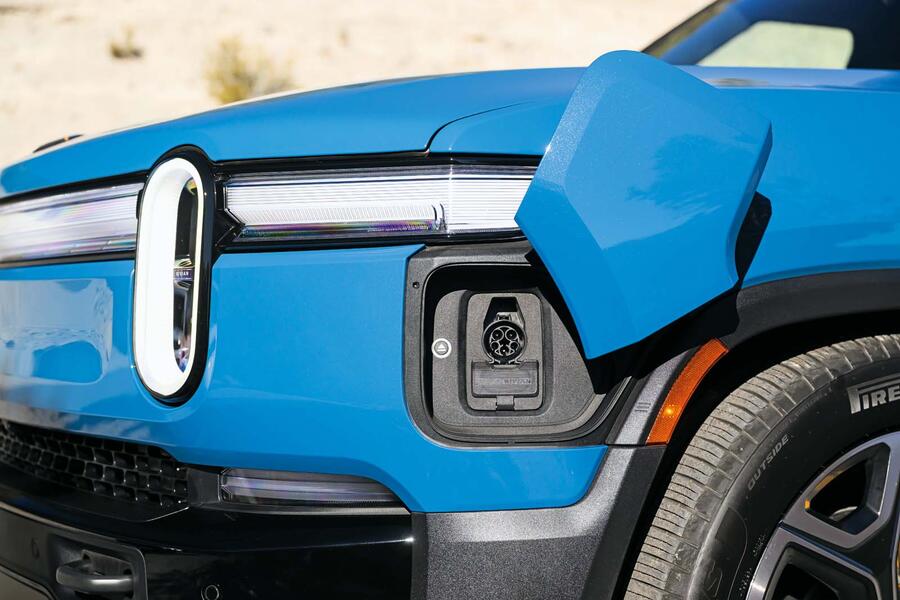
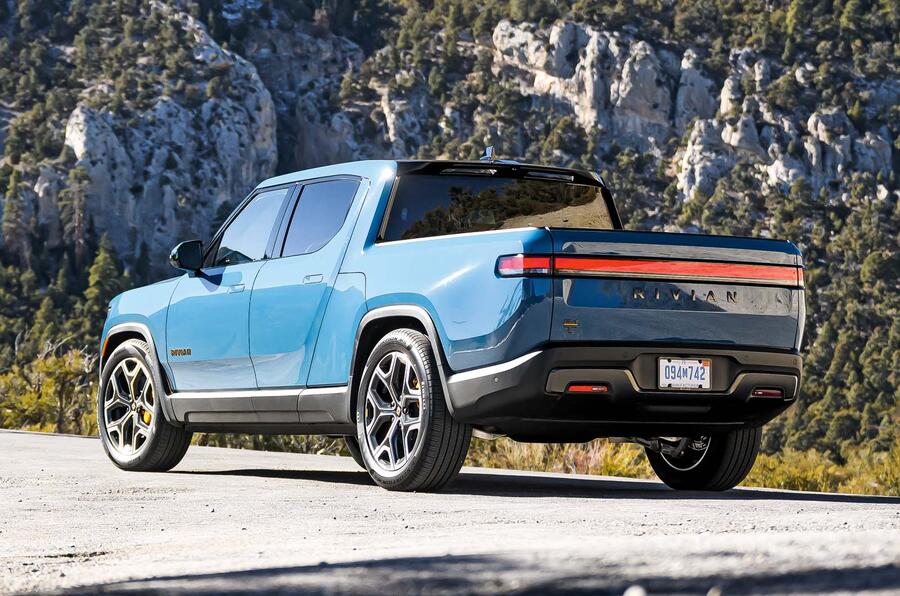
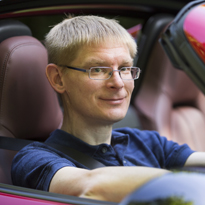




Join the debate
Add your comment
They may both be heavily indebted, but VW made a $22bn profit last year so not loss making, and even if you are referring to the VW brand that still makes a modest profit.
I really do wonder if Autocar has any journalistic integrity left, this just red like a Rivian advert with a bit of Tesla bashing on the side.
The biggest challenge Rivian face is actually turning a profit, the cars are quite good, but not best sellers even in their category.
In terms of VW, it would be genuinely interesting if they partnered with Tesla to access their cost effectively production technologies, class leading motors and Autonomous driving software.
Quite why two massively indebted loss making companies would collaborate is beyond me.
Appears to me you don't understand a simple thing: I'll explain then - the obvious, the fact that Rivian is a much weaker company than Tesla, explains why VW chose to make deal with it; because in the relationship with Rivian, VW has leverage VW simply couldn't possibly achieve in relationship with Tesla. Moreover, Rivian tech is just as good as that of Tesla, allying with a weaker company that has idential quality tech -- means naturally, VW has much better chances to genuinely get at that tech - than if it were trying to deal with a much stronger company, that quite clearly wouldn't under any conceivable circumstances, be willing to grant as much to VW than - exactly due to Rivian weakness, VW is likely to reap from Rivian. I anticipate down the road, the 2 companies shall likely merge - Rivian becoming effectively the soft-ware arm of VW empire. Explanation the obvious, VW is choosing to deal with Rivian, because VW can get so much more out of a deal with that company.
Emmm how can you have a pop at Auto car writers then say VW is a loss making company, they're a highly profitable company.
I agree, yes, yes I do, I'd only add that the whole art was way too long, I kind of switched off half way through,infact began speed reading it.